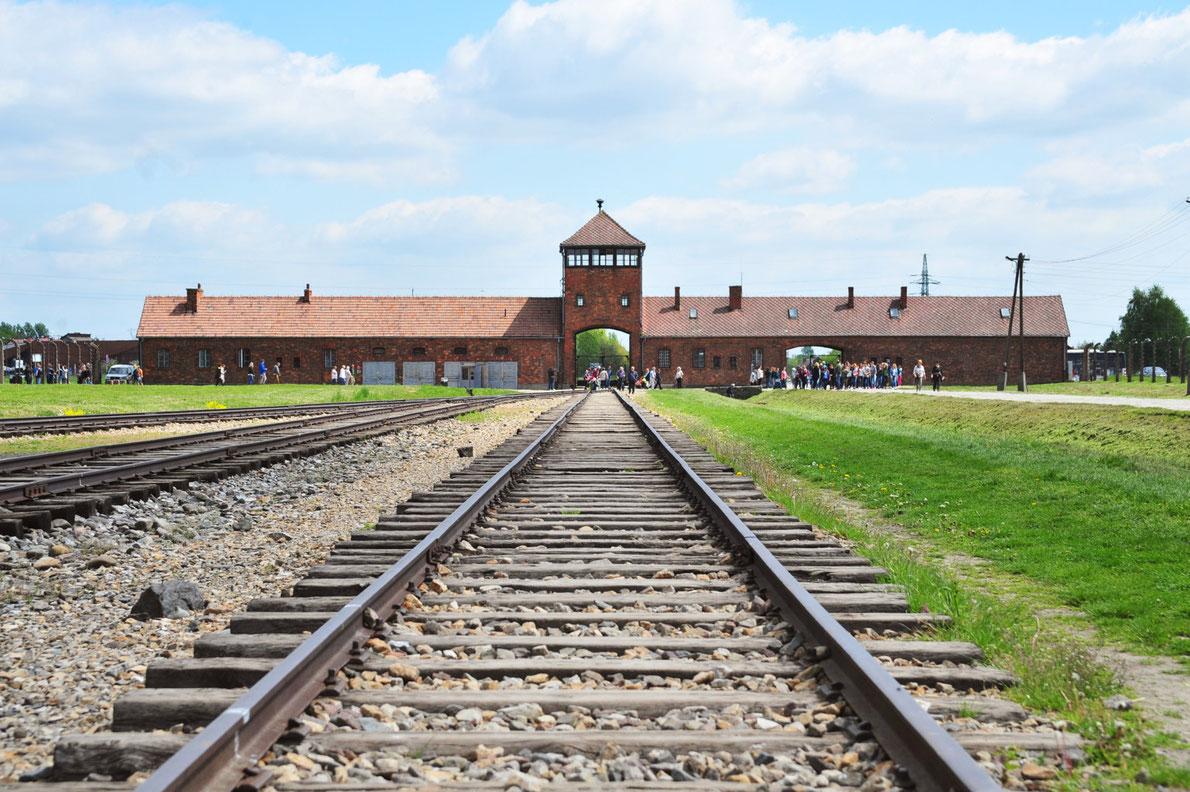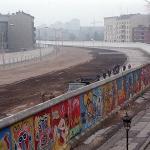
Visiting World War II sites in Germany offers a profound opportunity to reflect on history and its impact. Here are 10 notable sites that provide insight into Germany's wartime history:
- Dachau Concentration Camp Memorial Site (Dachau):
- One of the first concentration camps established by the Nazis in 1933.
- Visiting includes the preserved barracks, gas chamber, and exhibits detailing the camp's history.
- Sachsenhausen Concentration Camp Memorial Site (Oranienburg):
- Located near Berlin, Sachsenhausen was a significant Nazi concentration camp.
- The site includes historical buildings, barracks, and a museum documenting the camp's role in the Holocaust.
- Memorial to the Murdered Jews of Europe (Berlin):
- Also known as the Holocaust Memorial, it consists of 2,711 concrete slabs arranged in a grid pattern.
- An underground information center provides context and personal stories related to the Holocaust.
- Nuremberg Trials Memorium (Nuremberg):
- The courtroom where the Nuremberg Trials were held, prosecuting Nazi leaders after World War II.
- The Memorium includes exhibits on the trials and their significance in international law.
- Eagle's Nest (Kehlsteinhaus):
- Hitler's mountaintop retreat near Berchtesgaden in the Bavarian Alps.
- Now a restaurant with panoramic views, it offers historical exhibits on its wartime use.
- Wewelsburg Castle (Paderborn):
- Used by the SS during World War II as a symbolic center of power and ideological training.
- The castle now houses a museum focusing on the SS and its role in Nazi ideology.
- Buchenwald Concentration Camp Memorial (Weimar):
- One of the largest concentration camps on German soil, near Weimar.
- The memorial site includes the former camp area, historical exhibits, and a museum.
- V2 Rocket Launch Site (Peenemünde):
- Site of the development and testing of the V2 rockets, a technological advance of Nazi Germany.
- The museum details the history of rocket development and its impact on the war.
- Berghof Ruins (Berchtesgaden):
- Hitler's former residence in the Bavarian Alps, destroyed after the war.
- The ruins offer a glimpse into Hitler's private life and the strategic importance of the region.
- Munich Documentation Center for the History of National Socialism (Munich):
- Located on the site of the former Nazi Party headquarters (Brown House).
- The center documents Munich's role as the birthplace of the Nazi movement and its impact on the city.
Visiting these sites not only provides historical context but also serves as a reminder of the importance of remembrance and understanding in shaping a peaceful future.
 Exploring Germany's Economic Powerhouse: A Comprehensive Guide
Exploring Germany's Economic Powerhouse: A Comprehensive Guide
 10 World War II Sites You Should Visit in Germany
10 World War II Sites You Should Visit in Germany